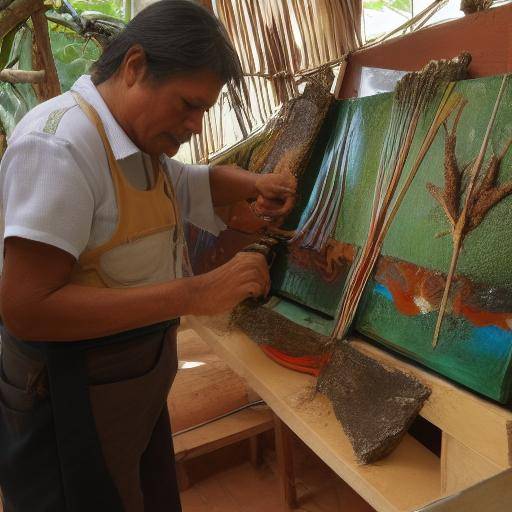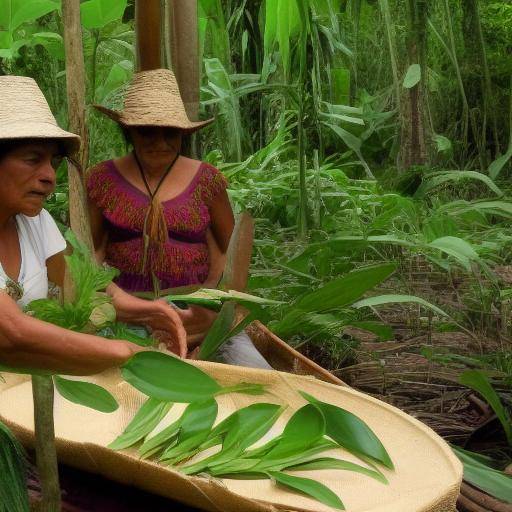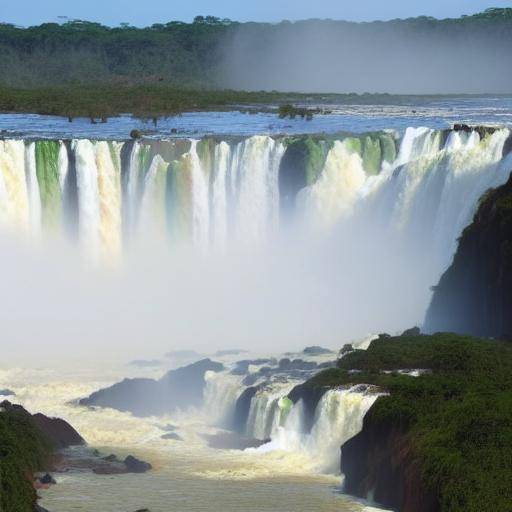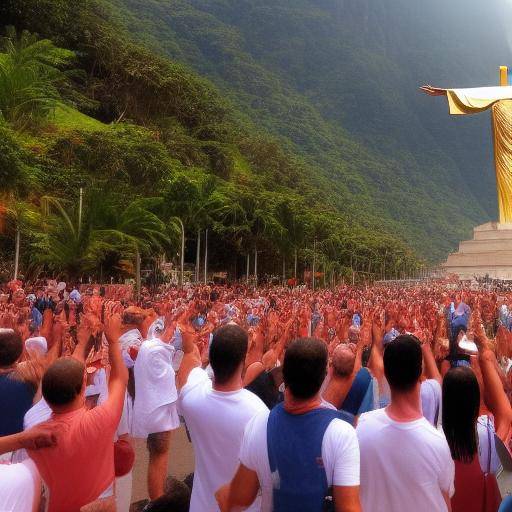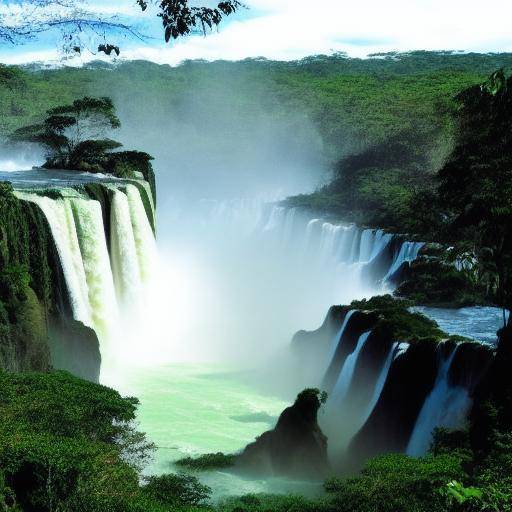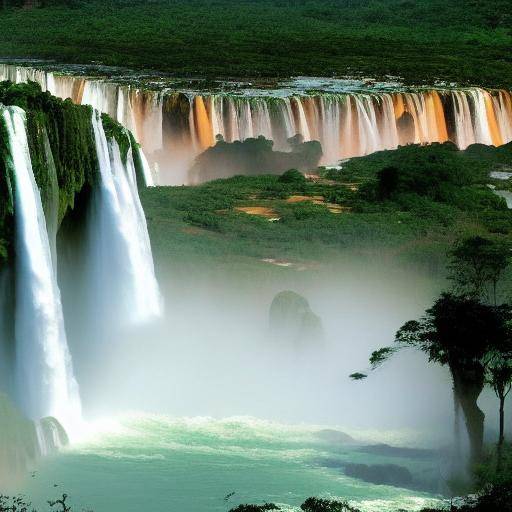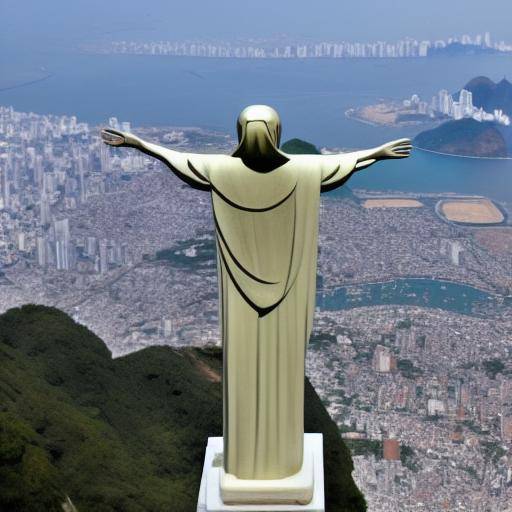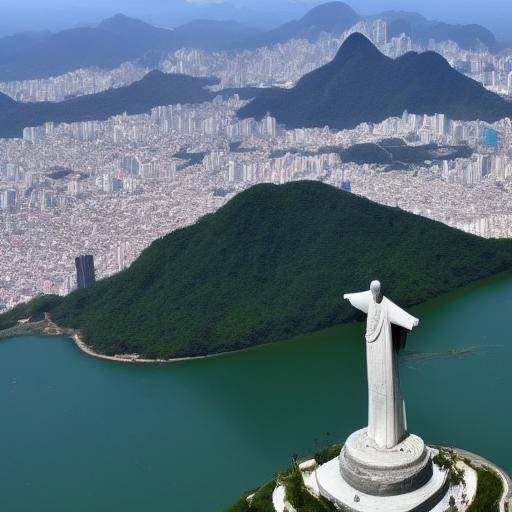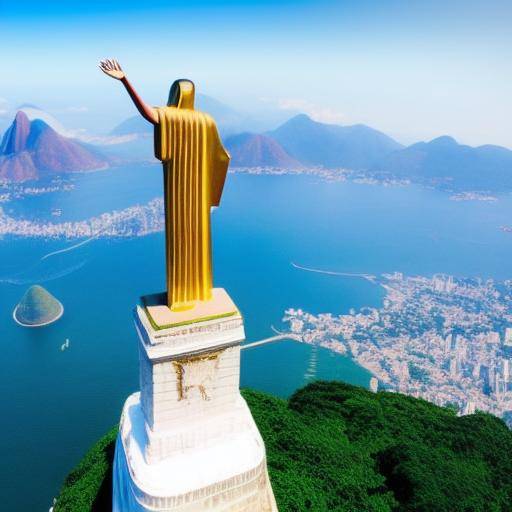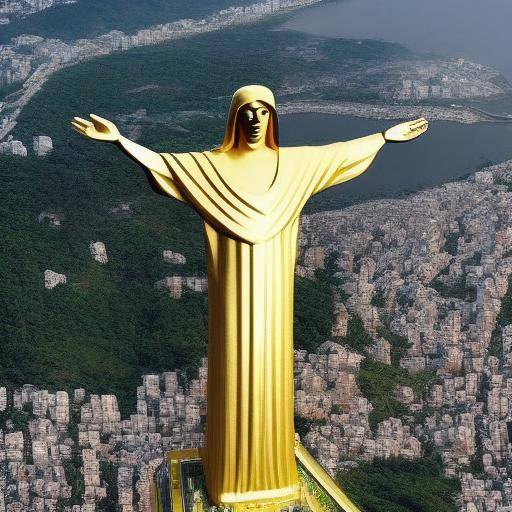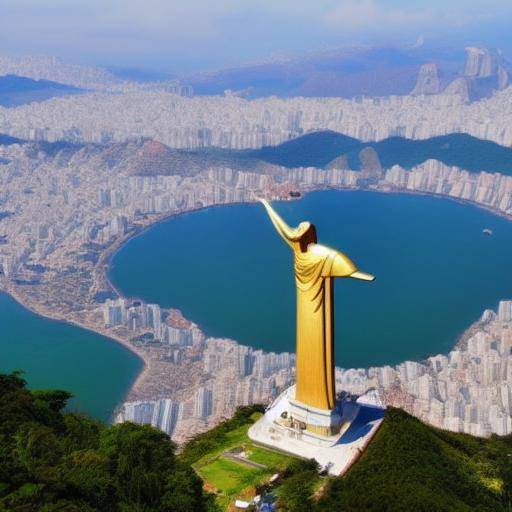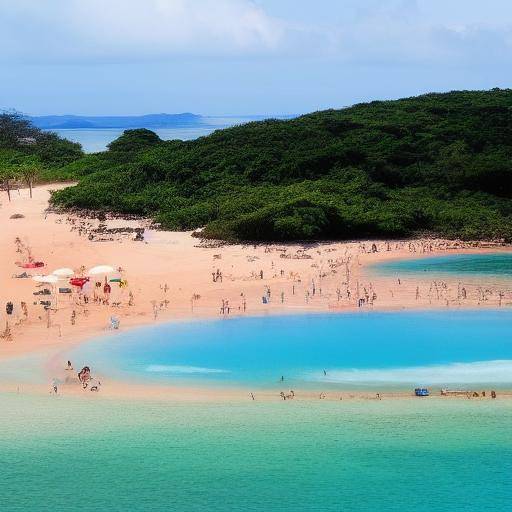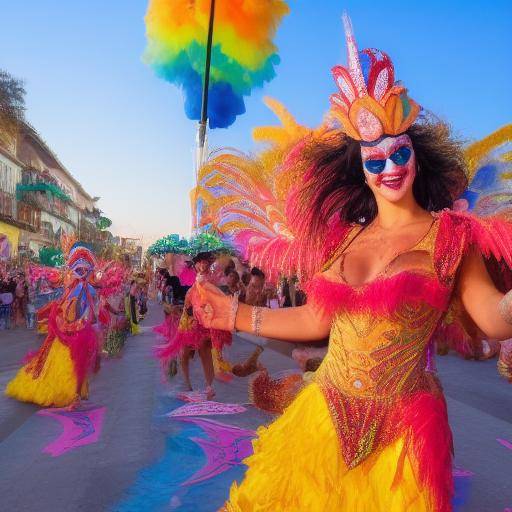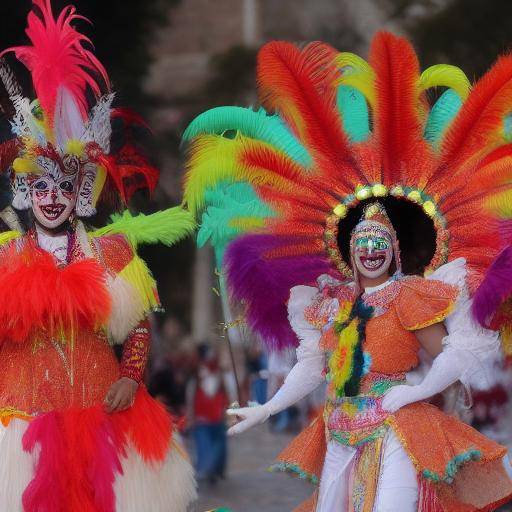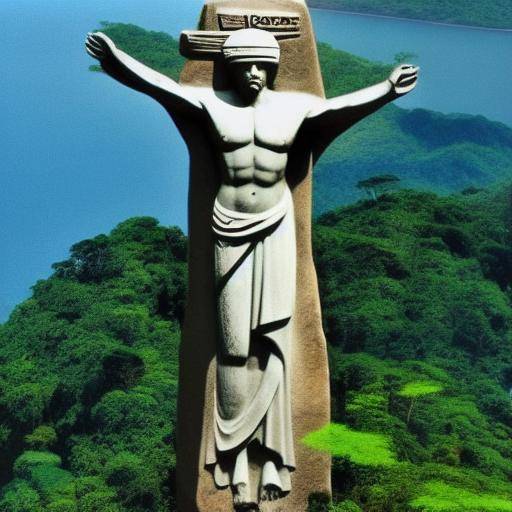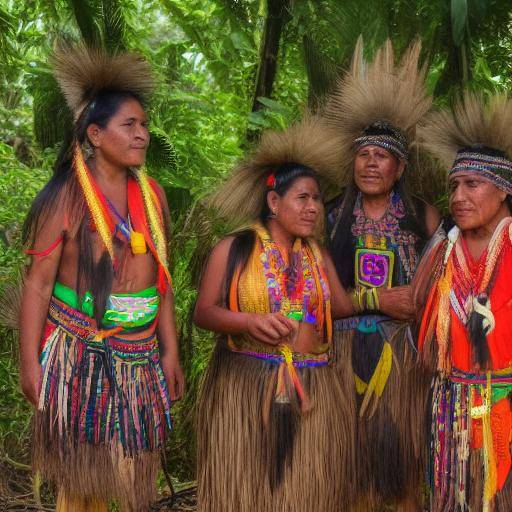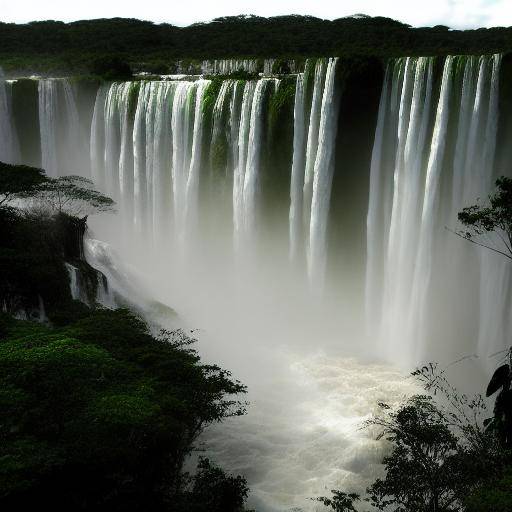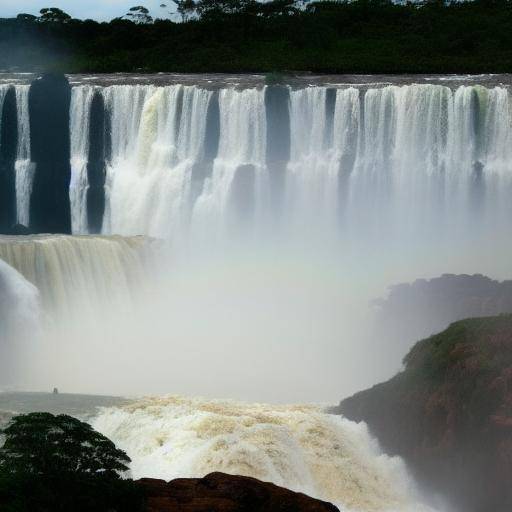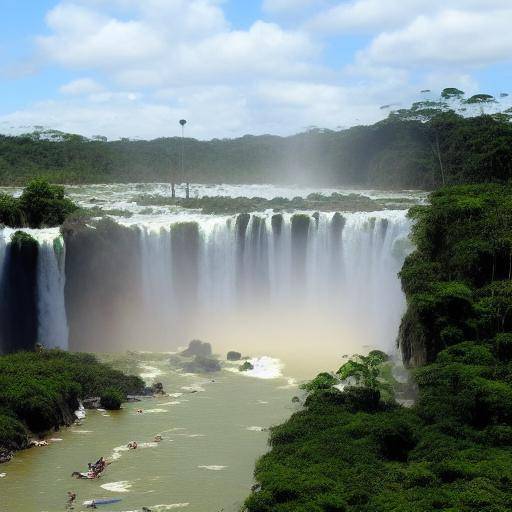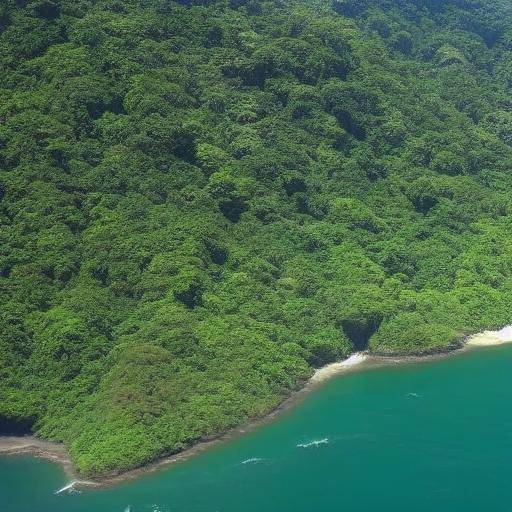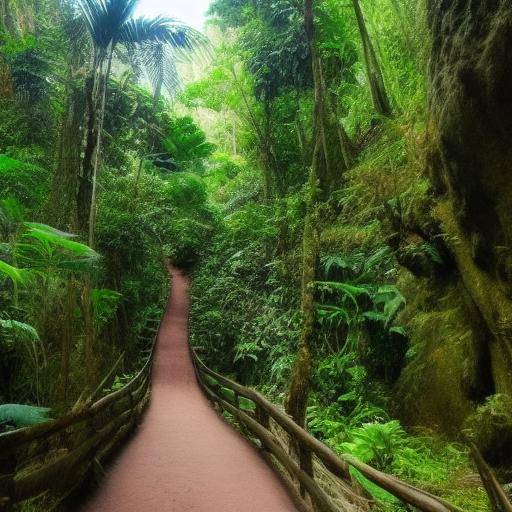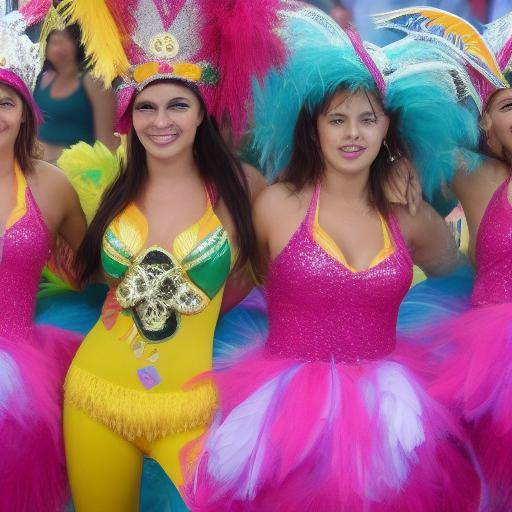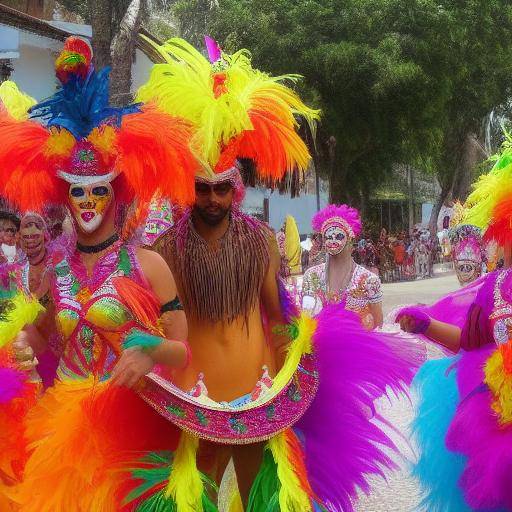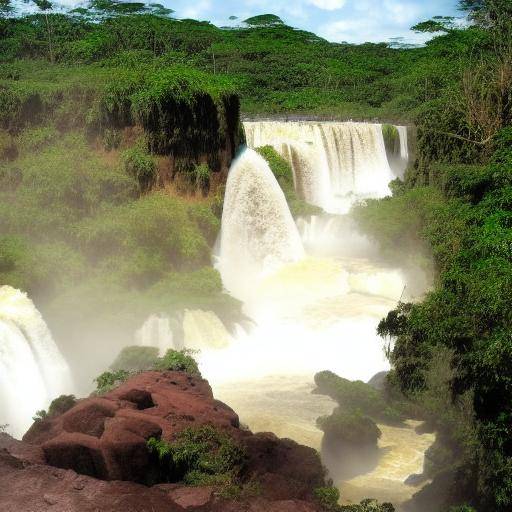
The Iguazú Falls, located on the border between Argentina and Brazil, are an impressive natural spectacle that has captivated visitors from around the world. However, beyond their physical beauty, these cataracts also have a rich history of Guaraní mythology, including several legends and beliefs that have passed from generation to generation.
Introduction
The cataracts of Iguazú, with its majesty and natural splendor, have been a reference point for numerous cultures throughout history, including Guaraní mythology. In this article, we will explore the fascinating legends and beliefs surrounding the Iguazú Falls from the perspective of Guaraní mythology. We will discover how these stories have influenced the understanding and meaning of the cataracts for indigenous peoples and how they continue to enrich the experience of those who visit this wonderful site.
Guaraní mythology and Iguazú Falls
Guaraní mythology is rich in stories that explain the creation of the world, nature and natural phenomena. In the case of the Iguazú Falls, these legends offer a unique view of how the first civilizations interpreted and gave meaning to this stunning natural spectacle.
Legend of creation
According to Guaraní mythology, the Iguazú Falls originate in a love story between a young maid named Naipí and a warrior named Tarobá. The wrath of the Serpent God, who was in love with Naipí, caused lovers to flee in a canoe. In a desperate act of separating the couple, the Serpent God caused the earth to tremble and create the cataracts, condemning Naipí to fall into the abyss and transforming it into a rock. Tarobá, for his part, was condemned to become a tree on the top of the falls. This tragic story is one of the best known and moving legends associated with the Iguazú Falls.
Current trends
For the Guaraní population, the Iguazú Falls remain a sacred place full of meaning. The traditions and rituals associated with the visit to the falls remain an important part of the cultural identity of the indigenous population. The myths and legends related to cataracts not only enrich the understanding of this natural phenomenon, but also provide a spiritual and emotional dimension to the experience of those who visit them.
The Impact of Legends Today
Despite advances in the scientific understanding of the Iguazú Falls, the legends and beliefs of Guaraní mythology continue to play a crucial role in the way people perceive this emblematic place. The coexistence of ancient mythology with modern understanding of cataracts not only adds depth to the visitor's experience, but also serves as a reminder of the close connection between nature and culture.
Tourism and mythology
Tourism around the Iguazú Falls has grown exponentially in recent decades. As more people visit this place, the narrative of the Guaraní legends becomes an integral part of the tourist narrative. Visitors have the opportunity to immerse themselves in the stories of Naipí, Tarobá and the Serpent God, allowing them to experience a deeper and emotional facet of the Iguazú Falls.
Conclusion
The cataracts of Iguazú, with their natural beauty dazzling, are intrinsically linked to the rich Guaraní mythology. Legends and beliefs surrounding this emblematic place remain a source of wonder and reverence for many people. In exploring these stories, we not only discover the cultural depth of the cataracts, but also connect with an ancient tradition that continues to enrich our understanding of this wonderful natural phenomenon.
There is no doubt that the legends and beliefs of Guaraní mythology have left an indelible mark on the perception and appreciation of the Iguazú Falls. As we advance in time, it is essential to recognize and value the importance of these enriching traditions, which continue to captivate those who seek to understand and experience the magic of the Iguazú Falls as a whole.
Frequently asked questions
What is the cultural significance of the Iguazú Falls for the Guaraní population?
The Iguazú Falls have a profound cultural significance for the Guaraní population, who consider them a sacred place full of spirituality. Legends and beliefs associated with cataracts enrich their connection with nature and their identity as a people.
Why is it important to preserve the stories of Guaraní mythology related to Iguazú Falls?
Preserving the stories of Guaraní mythology is fundamental to keeping alive the rich cultural tradition of indigenous communities. These narratives not only enrich the understanding of the cataracts, but also contribute to the conservation and transmission of the cultural heritage of the region.
How does modern tourism affect the beliefs and traditions of the Guaraní population in relation to the Iguazú Falls?
The growth of tourism around the Iguazú Falls has presented challenges and opportunities for the Guaraní population. While tourism can be an opportunity to share and preserve cultural traditions, it also poses challenges in terms of preservation and respect for sacred beliefs and rituals.
Are there other legends or myths related to the Iguazú Falls in Guaraní mythology?
In addition to the legendary story of Naipí, Tarobá and the Serpent God, Guaraní mythology has other narratives related to the Iguazú Falls. These stories bring added wealth to the understanding of the connection between the Guaraní population and this spectacular natural phenomenon.
How have the legends of Guaraní mythology influenced the modern perception of the Iguazú Falls?
The legends of Guaraní mythology have left a significant mark on the modern perception of the Iguazú Falls, adding an emotional and spiritual component to the experience of the visitors. These stories enrich the collective understanding of cataracts as a place of natural beauty and rich cultural heritage.
What is the impact of the cultural interpretation of the Iguazú Falls in the tourist field?
The cultural interpretation of the Iguazú Falls in the tourist field is essential to provide an authentic and enriching experience to visitors. In understanding and assessing the stories of Guaraní mythology, tourism can be a platform to promote respect and appreciation of indigenous culture associated with cataracts.
Concluding, the Iguazú Falls are imbricated in Guaraní mythology in a unique way, which adds a cultural and spiritual dimension to its natural grandeur. These legends and beliefs continue to enrich the perception and meaning of the cataracts, providing a unique and touching experience to those who have the privilege of visiting them.
By exploring the rich Guaraní mythology linked to the Iguazú Falls, we enter a world of beauty, mystery and cultural transcendence. The ability of these stories to move and deepen our connection with nature is a legacy that not only deserves to be preserved, but also celebrated and shared with the world.
As the Iguazú Falls continue to leave a lasting impression on those who visit them, the legends and beliefs of Guaraní mythology will remain a constant reminder that the beauty and meaning of a place go beyond their physical appearance. In these fascinating narratives, Iguazú Falls become more than a natural spectacle; they become a lasting link between humanity, nature and the rich cultural diversity that enriches our collective experience on this wonderful planet.
References
- "Guardians of the jungle: myths of the native peoples", Revista National Geographic, www.genationalographic.com.
- "The magic of cataracts: between myth and nature", Museum of Anthropology of Missions, <www.museoantropologico.gob.ar>.
- "Myths and Legends of the Missionary Jungle", Ministry of Culture of the Nation, <www.cultura.gob.ar>.

